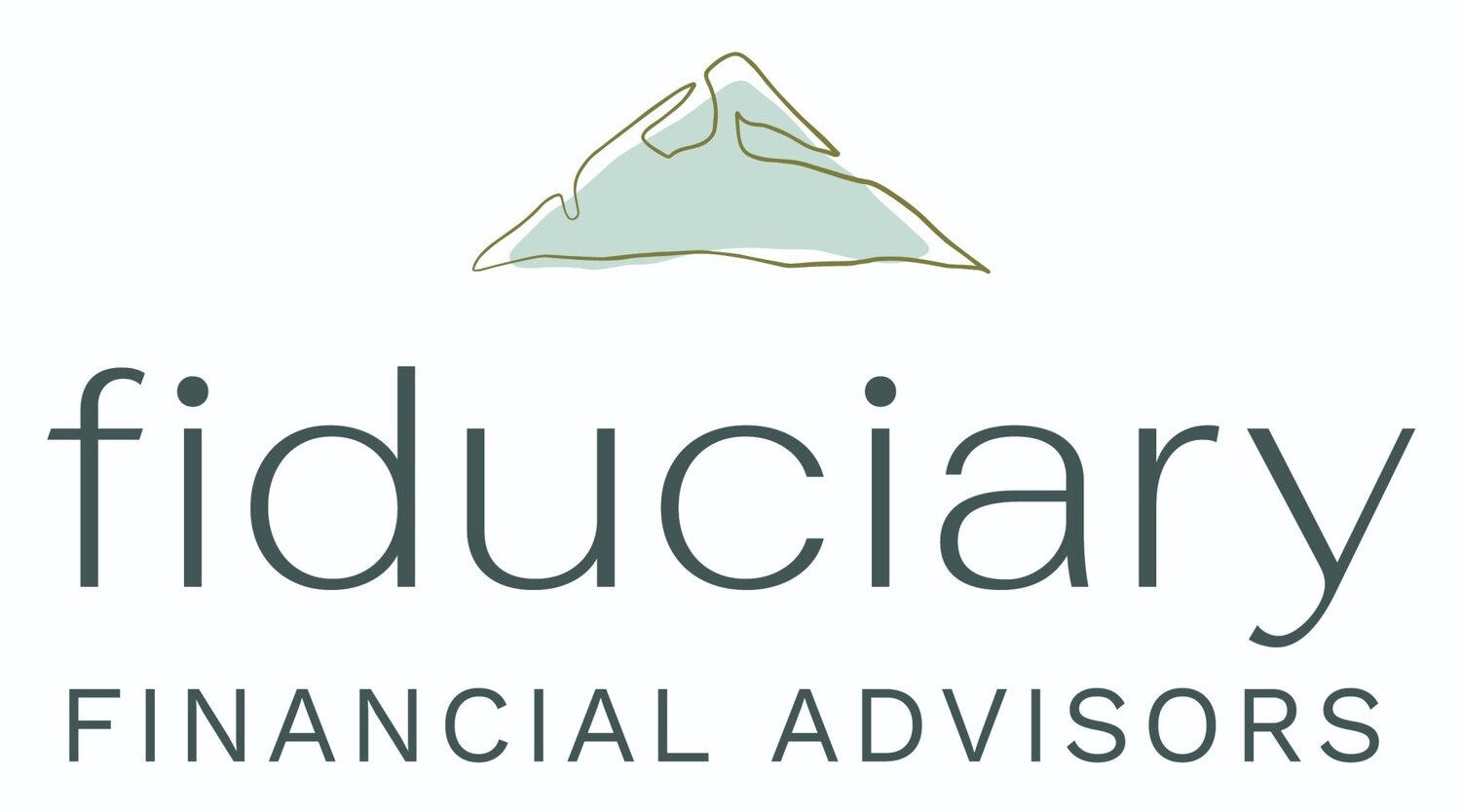The Power of the Three Bucket System to Maximize Retirement Savings
/Effective retirement planning is a common goal for many clients seeking financial guidance. While the focus often starts with an optimal savings strategy, the transition into retirement raises important questions about accessing those funds for income once the earning years stop. Among the various strategies available, the Three Bucket System stands out as a powerful approach that can optimize retirement savings while minimizing tax implications. In this article, we'll explore the intricacies of the Three Bucket System, explaining how it works and how investors can implement this strategy to maximize their retirement income.
Understanding the Three Bucket System
The Three Bucket System is a retirement savings strategy based on the tax status of different types of accounts, aiming to maximize tax efficiency and optimize investment growth. It involves dividing retirement savings into three distinct buckets:
Taxable Bucket:
The first bucket consists of taxable accounts, such as brokerage accounts or savings accounts, where investments are subject to taxation on capital gains, dividends, and interest income. While contributions to these accounts are made with after-tax dollars, they offer flexibility in terms of liquidity (access to the funds) and no restrictions on contribution limits.
Tax-Deferred Bucket:
The second bucket comprises tax-deferred accounts, such as Traditional IRAs, 401(k)s, 403(b)s, and similar retirement plans. Contributions to these accounts are made with pre-tax dollars, allowing for immediate tax savings. However, withdrawals during retirement are subject to ordinary income tax, and there are penalties for early withdrawals before age 59½ (with some exceptions). Investments in this bucket grow tax-deferred until withdrawn, enabling investors to potentially accumulate a larger retirement nest egg over time.
Tax-Free Bucket:
The third bucket encompasses tax-free accounts, such as Roth IRAs and Roth 401(k)s. Unlike traditional retirement accounts, contributions to Roth accounts are made with after-tax dollars, but qualified withdrawals, including earnings, are tax-free in retirement. Additionally, Roth accounts offer flexibility in terms of withdrawal timing and no required minimum distributions (RMDs) during the account owner's lifetime.
Benefits of the Three Bucket System
Tax Diversification:
Diversifying retirement savings across buckets with varying tax statuses is key to reducing overall tax liability in retirement. This strategic allocation empowers retirees to adjust their contribution and withdrawal strategies based on prevailing tax rates, effectively managing their tax burden. By spreading assets across taxable, tax-deferred, and tax-free accounts, investors can optimize their after-tax income while preserving wealth.
Flexibility in Withdrawals:
The Three Bucket System provides flexibility in retirement withdrawals, allowing investors to tailor their distributions to meet their financial needs while optimizing tax efficiency. Retirees can choose which accounts to draw from based on factors such as tax rates, investment performance, and financial goals, maximizing their after-tax income in retirement.
Risk Management:
Diversifying retirement savings across different tax buckets helps mitigate risks associated with changes in tax laws, market volatility, and economic conditions. By maintaining a balance of taxable, tax-deferred, and tax-free assets, investors can adapt to changing circumstances and protect their retirement savings from unforeseen events.
Implementing the Three Bucket System
Implementing the Three Bucket System requires careful planning and coordination. Here are four key steps to consider:
Assess Your Current Retirement Accounts:
Start by reviewing your existing retirement accounts to determine their tax status and contribution limits. Identify which accounts fall into each bucket (taxable, tax-deferred, tax-free) and evaluate their investment holdings and performance.
Establish Allocation Targets:
Decide the ideal allocation of your retirement savings contributions across the three buckets based on your tax situation, risk tolerance, and retirement goals. Make sure to take into consideration factors such as your current age, income level, anticipated retirement expenses, and projected tax rates, both now and in retirement.
Plan a Withdrawal Strategy:
In addition to planning how you are going to contribute to these accounts, a withdrawal strategy from your retirement accounts is needed to optimize tax efficiency and investment growth. By strategically tapping into taxable, tax-deferred, and tax-free accounts based on individual tax circumstances and financial goals, retirees can maximize their after-tax income and preserve their retirement nest egg for the long term. This approach not only ensures financial stability throughout retirement but also enables investors to leverage the potential growth of their investments while minimizing the impact of taxes on their overall portfolio.
Monitor and Adjust Regularly:
Regularly review your retirement accounts and adjust your allocation as needed based on changes in your financial situation, tax laws, and market conditions. Rebalance your portfolio periodically to keep your desired asset allocation and further mitigate risk.
The Three Bucket System offers a comprehensive framework for managing retirement savings with tax efficiency and investment growth in mind. By strategically allocating assets across taxable, tax-deferred, and tax-free accounts, investors can optimize their retirement income while minimizing tax liabilities. Implementing this strategy requires careful planning, but the long-term benefits of tax diversification, flexibility in withdrawals, and risk management make it a valuable approach for achieving financial security in retirement.
Recent Articles Written By Andrew:
Recent Publications Featuring Andrew:
Fiduciary Financial Advisors, LLC is a registered investment adviser and does not give legal or tax advice. Information presented is for educational purposes only and does not intend to make an offer or solicitation for the sale or purchase of any securities. The information contained herein has been obtained from a third-party source which is believed to be reliable but is subject to correction for error. Investments involve risk and are not guaranteed. Past performance is not a guarantee or representation of future results.











A cash balance plan helps business owners save more for retirement while lowering taxes. With higher contribution limits than a 401(k) and tax-deferred growth, these plans offer major financial advantages. Employers fund the plan, providing stable benefits for employees. While they require annual contributions and administration, the tax savings and wealth-building potential make them a smart choice for high-income professionals.